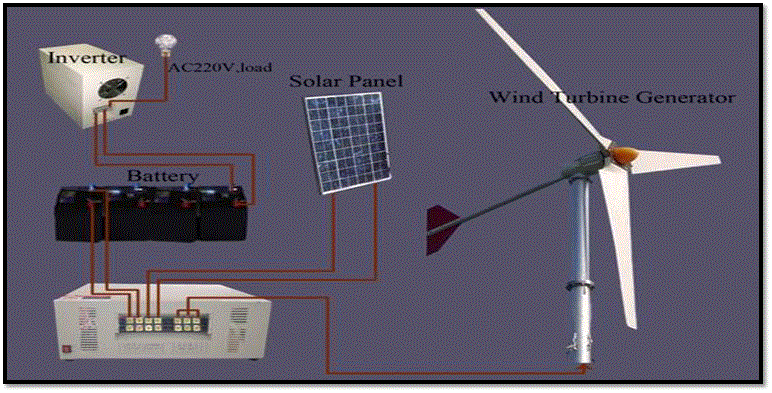
On the other hand, burning wood (whether it be raw timber or processed waste) releases particles into our atmosphere.Īs world population rises, so does the demand for energy in order to power our homes, businesses and communities. Innovation and expansion of renewable sources of energy is key to maintaining a sustainable level of energy and protect our planet from climate change. Wood pellets and compressed briquettes are made from by-products of the wood processing industry and so arguably it’s recycling waste.Ĭompressed biomass fuels produce more energy than logs too. On the one hand, wood is a renewable resource – provided it comes from sustainably managed forests.

Plus, they release carbon dioxide into our atmosphere which contributes to climate change and global warming.īurning wood instead of coal is slightly better but it’s complex. By converting agricultural, industrial and domestic waste into solid, liquid and gas fuel, biomass generates power at a much lower economic and environmental cost.įossil fuels are not a renewable source of energy because they are not infinite. Although fundamentally, biomass involves burning organic materials to produce electricity, and nowadays this is a much cleaner, more energy-efficient process.

This is the conversion of solid fuel made from plant materials into electricity.


 0 kommentar(er)
0 kommentar(er)
